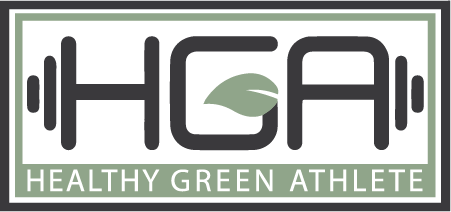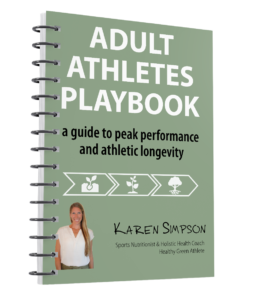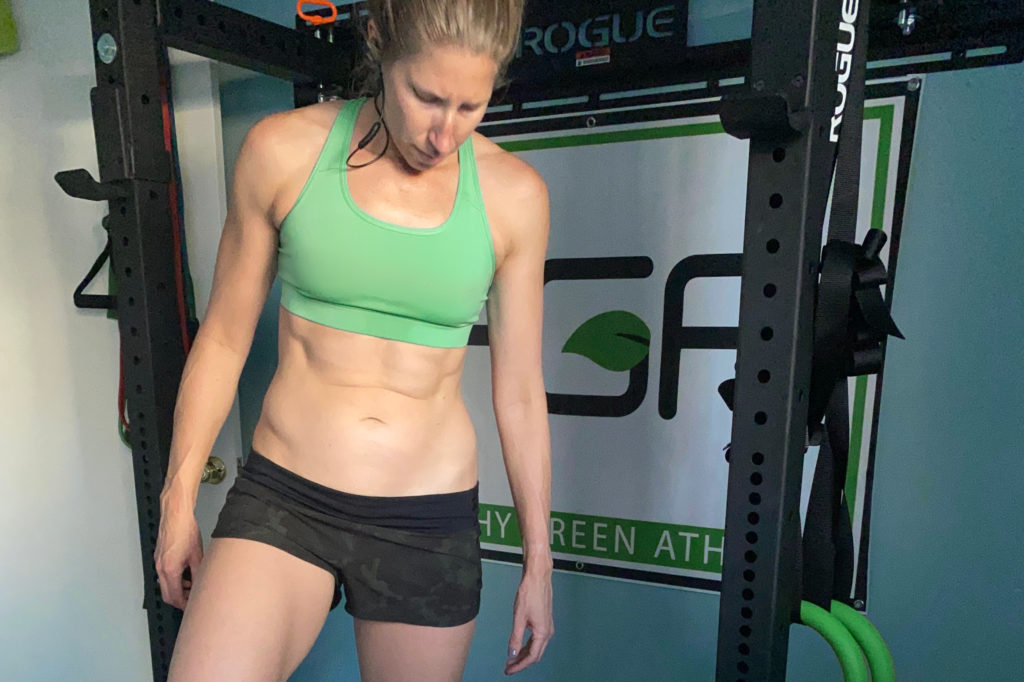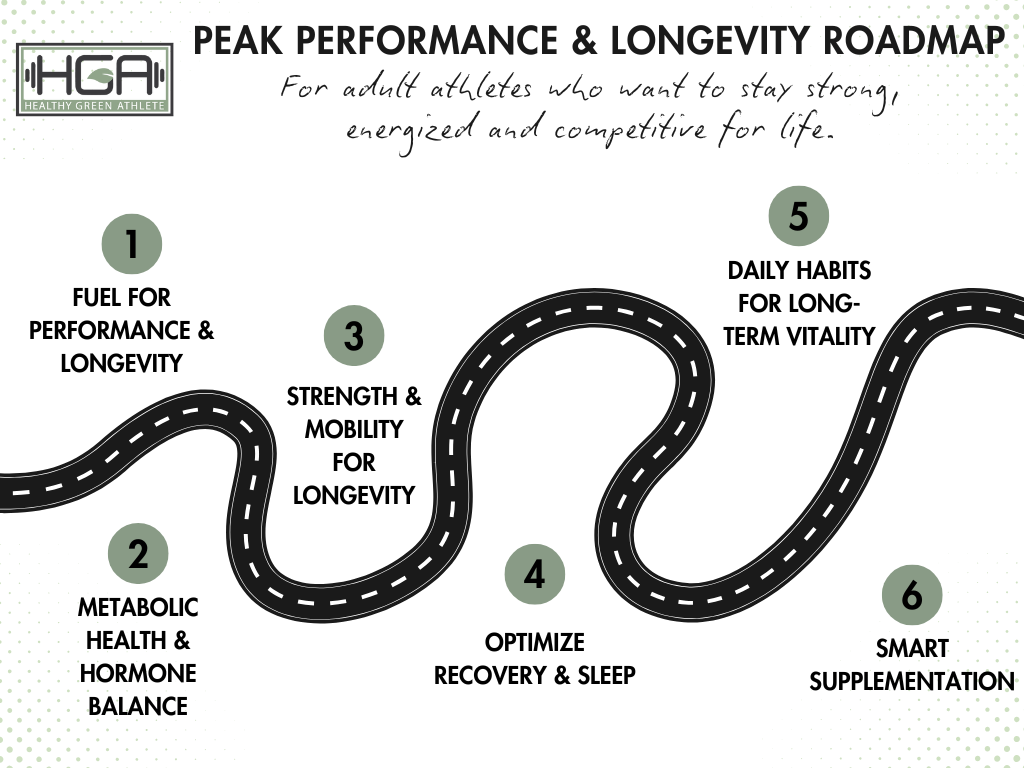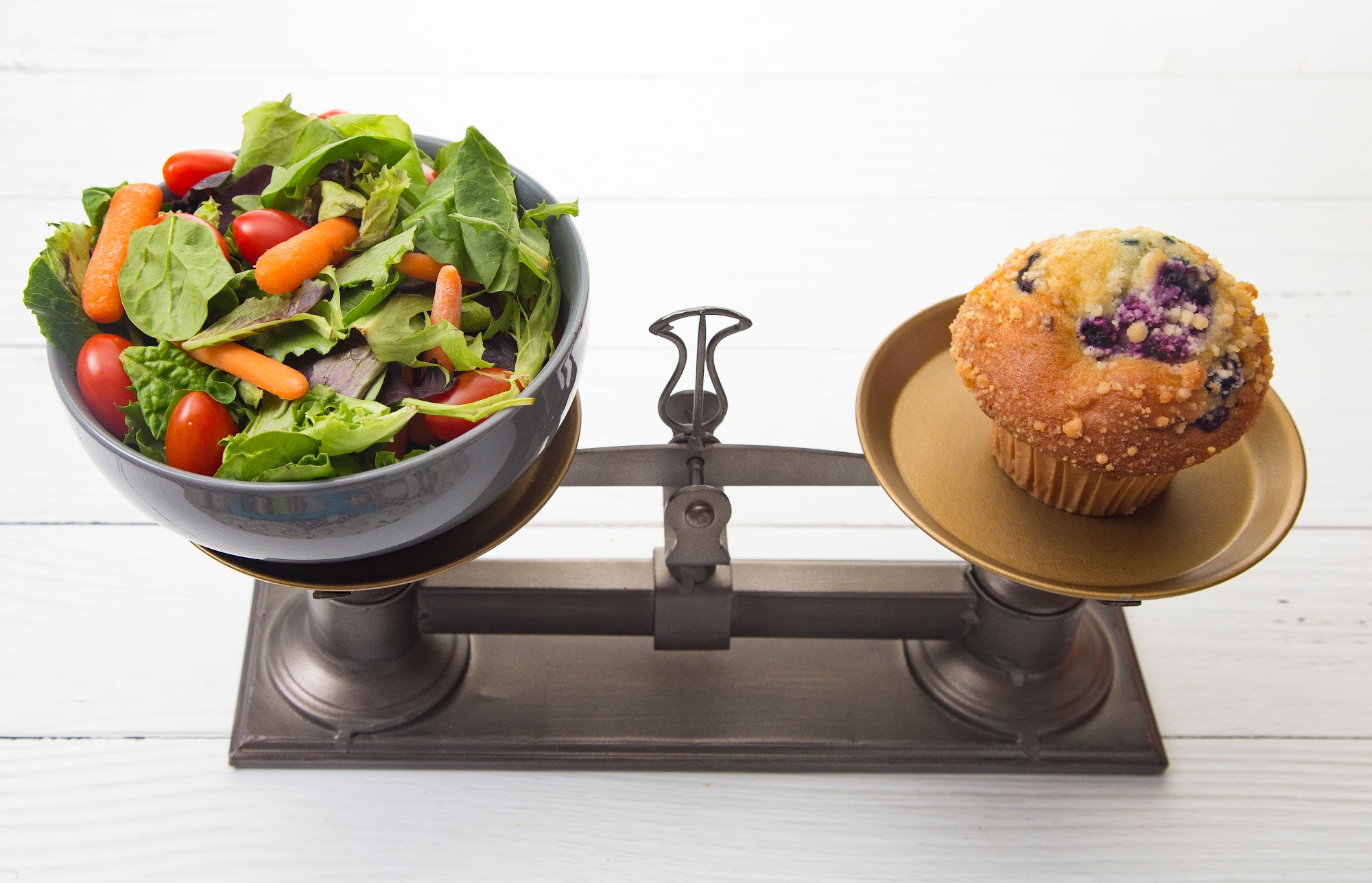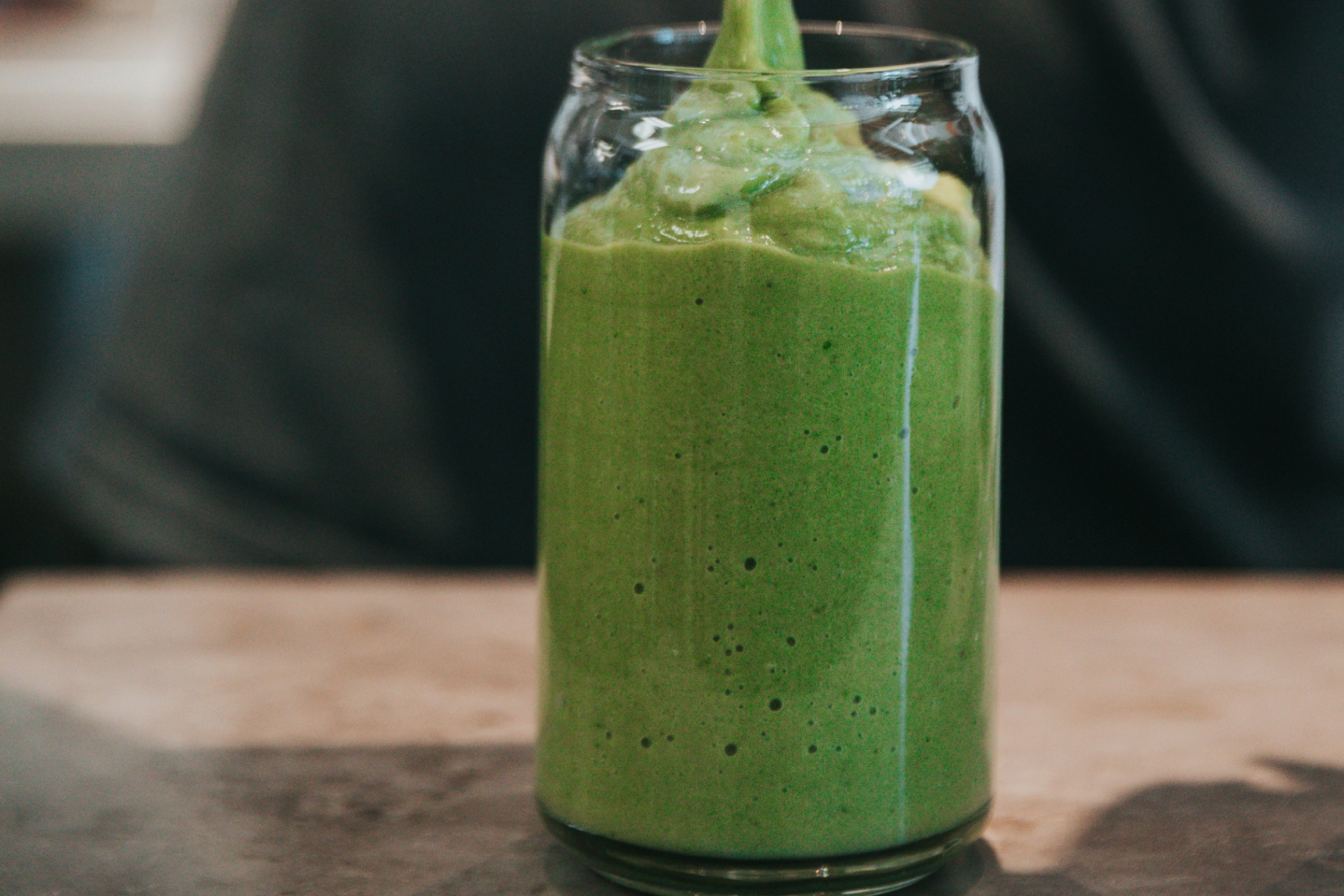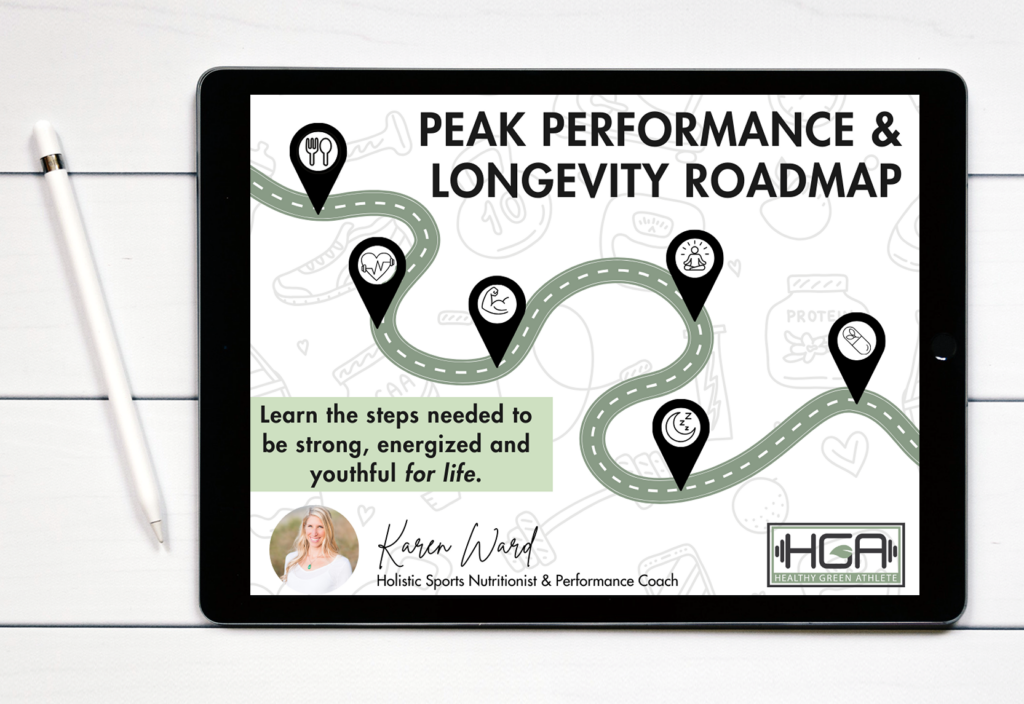9 Anti-aging habits for athletes in their 40s
Read time: 4 minutes, 45 seconds.
As athletes enter their 40s, their bodies go through natural aging processes that can present unique challenges compared to their 30 year old selves. As we age, our bodies take longer to recover from physical activity. This means that athletes in their 40s may need more time to recover from workouts or competitions than they did in their 30s. Our muscles, tendons, and ligaments become less flexible and more prone to injury. This can increase the risk of injury for athletes in their 40s, especially if they do not take appropriate precautions.
Also Read: 8 Anti-aging tips for athletes in their 30s
The natural process of losing muscle mass and strength begins in your 30s and then accelerates in their 40s. This makes it even more difficult for athletes to maintain muscle mass and strength. Women in their 40s tend to have a higher proportion of slow-twitch muscle fibers, which are better suited for endurance activities. Men in their 40s, on the other hand, have a higher proportion of fast-twitch muscle fibers, which are better suited for explosive activities. This means that women may have an advantage in endurance activities such as long-distance running or cycling.
The body becomes less efficient at using oxygen, which can have an impact on athletic performance. This is due to several factors, including a decrease in muscle mass and a decline in the body’s ability to deliver oxygen to the muscles. These changes can result in reduced endurance and aerobic capacity, making it more challenging for athletes in their 40s to maintain their fitness levels and athletic ability.
One key factor in this decline is the reduced number and size of the mitochondria, the energy-producing powerhouses of the cells. Mitochondrial function declines with age, reducing the body’s ability to convert oxygen and nutrients into energy. Additionally, there is a decrease in the number of capillaries, the small blood vessels that supply oxygen and nutrients to the muscles, which can further limit the body’s ability to use oxygen efficiently.
In both men and women, hormone levels begin to decline in their 40s, which can affect muscle mass, bone density, and overall physical performance. Men experience a gradual decline in testosterone levels in their 40s, while women undergo menopause, which involves a rapid decline in estrogen levels. These hormonal changes can affect muscle mass, bone density, and overall physical performance.
Also Read: 10 Anti-Aging Foods to Preserve your Youth
The risk of chronic health conditions such as heart disease, diabetes, and arthritis increases for all people in their 40s, whether they are athletes or not. While athletes have a lower risk than non-athletes, having these conditions can affect an athlete’s ability to train and compete at a high level. Women also have a higher risk of certain chronic health conditions, such as osteoporosis and autoimmune diseases, which can affect their physical performance and require special considerations in training and competition.
Athletes in their 40s may need to adjust their training and recovery routines to account for these challenges and maintain their physical performance. It is important for athletes to implement anti-aging habits so that they can maintain their activity levels and athletic ability into their later years. Here are some anti-aging habits for athletes in their 40s to consider.
1. Prioritize recovery.
As we age, our bodies take longer to recover from physical activity. Therefore, it is crucial for athletes in their 40s to prioritize recovery by getting enough sleep, eating a balanced diet, and incorporating active recovery activities such as yoga or stretching into their routine.
2. Maintain regular strength training.
Maintaining muscle mass and strength is crucial for athletic performance, especially as we age. Incorporating regular strength training sessions into a workout routine can help athletes in their 40s maintain their physical abilities.
3. Incorporate regular aerobic exercise.
Mitochondrial function declines with age, reducing the body’s ability to convert oxygen and nutrients into energy. Additionally, there is a decrease in the number of capillaries, the small blood vessels that supply oxygen and nutrients to the muscles, which can further limit the body’s ability to use oxygen efficiently.
While these changes are a natural part of aging, there are steps that athletes in their 40s can take to help mitigate their effects. Incorporating regular aerobic exercise can help improve cardiovascular health, increase oxygen uptake, and promote the growth of new blood vessels. Additionally, incorporating high-intensity interval training (HIIT) into a workout routine can help stimulate mitochondrial growth and improve overall mitochondrial function.
4. Focus on nutrients.
Proper nutrition is important for all athletes but becomes even more crucial as we age. Athletes in their 40s should focus on consuming a balanced diet that includes plenty of protein, healthy fats, and carbohydrates to fuel their workouts and promote recovery.
Further Reading: The Role of Nutrition in Healthy Aging
5. Incorporate flexibility and mobility.
As we age, our muscles and joints become less flexible, which can increase the risk of injury. Incorporating regular flexibility training such as stretching or yoga into a workout routine can help athletes in their 40s maintain their range of motion and reduce the risk of injury.
Further Reading: How Exercise Can Help You Stay Young
6. Listen to your body.
At this point in your life, you’re likely much more self-aware than you were in your younger days. It is important for 40+ athletes to lean into that level of self-awareness and listen to their bodies. This may mean adjusting training and recovery routines according to how you feel that day. If something feels off, painful, or uncomfortable it is important to address it before it becomes a more serious injury.
7. Stay active outside of your primary sport or activity.
Maintaining an active lifestyle outside of formal training sessions can help athletes in their 40s maintain their physical abilities and overall health. Low-impact activities such as hiking, swimming, or cycling can be enjoyable ways to stay active and promote overall fitness.
8. Consider natural supplements.
While aging is a natural process that cannot be stopped, there are some natural supplements that may help support healthy aging in your 40s. One such supplement is omega-3 fatty acids, which can help support cardiovascular health and cognitive function. Another is Coenzyme Q10 (CoQ10), which plays a key role in energy production and may help support healthy skin and reduce inflammation. Additionally, resveratrol, a compound found in red wine, has been shown to have anti-inflammatory and antioxidant properties that may help support healthy aging.
Further Reading: 3 Must-have Protein Supplements and Why?
9. Seek professional guidance.
Working with a sports nutritionist or strength coach can be helpful for athletes in their 40s to develop a safe and effective nutrition, training, and recovery plan that is tailored to individual needs and goals.
This is the part where I can help you with your nutrition and training. You can check out my services here.
In summary...
Maintaining an active lifestyle and healthy habits can be especially important for athletes in their 40s to maintain their physical abilities and promote healthy aging. Prioritizing recovery, maintaining strength training, paying attention to nutrition, incorporating flexibility training, listening to your body, staying active outside of training, and seeking professional guidance are all habits that can help support healthy aging and maintain athletic ability. Additionally, natural supplements such as omega-3 fatty acids, CoQ10, and resveratrol may also have potential benefits for anti-aging.
It’s important to remember that natural supplements should be used under the guidance of a professional, with a doctor’s permission, and in conjunction with a healthy lifestyle. By incorporating these habits into their daily routines, athletes in their 40s can continue to participate in athletic activities and maintain their physical abilities for many more years to come.
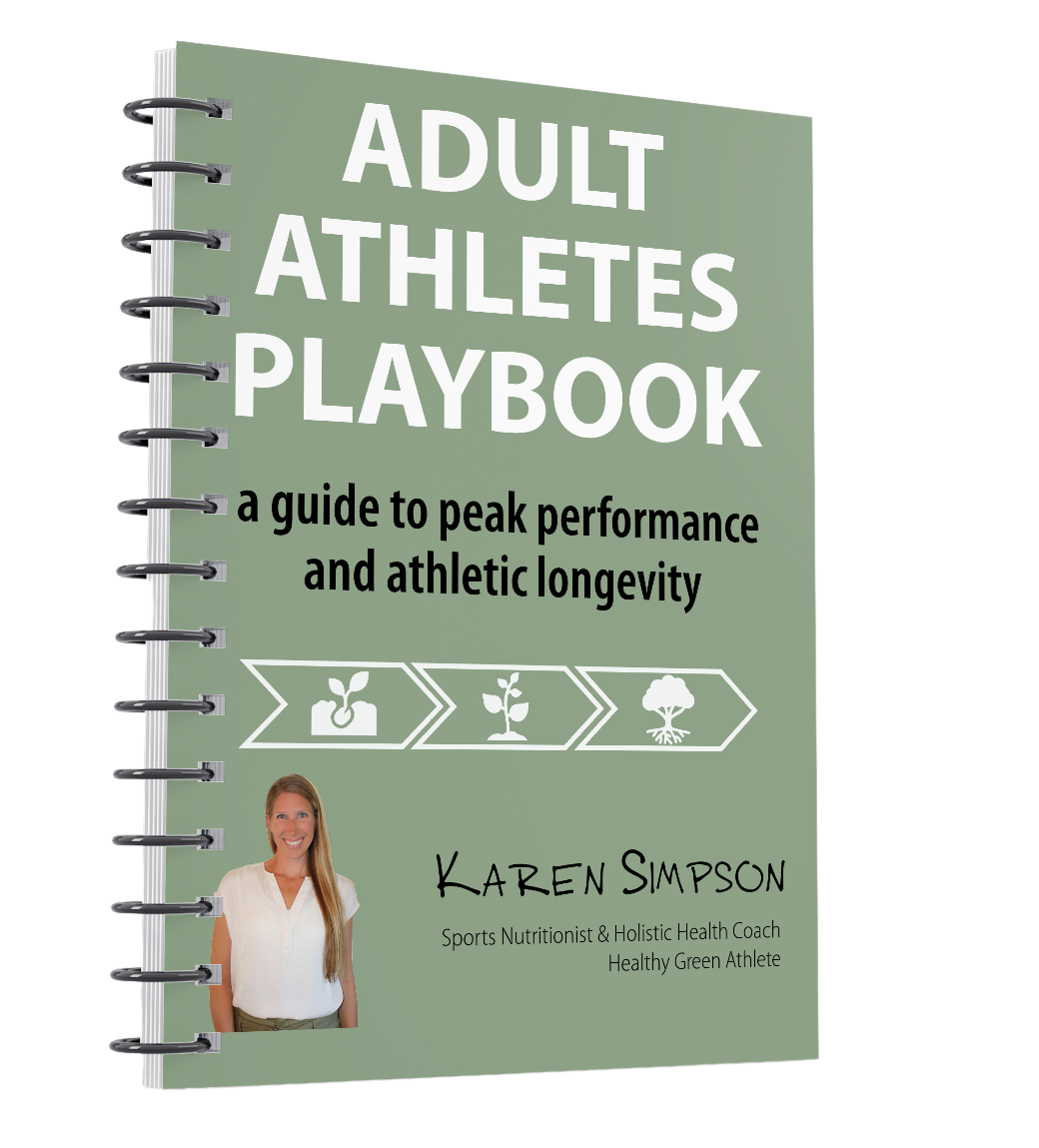
Adult Athletes Playbook
A Guide to Peak Performance and Athletic Longevity
This playbook will help you develop and implement a personalized game plan for improving athletic performance.
